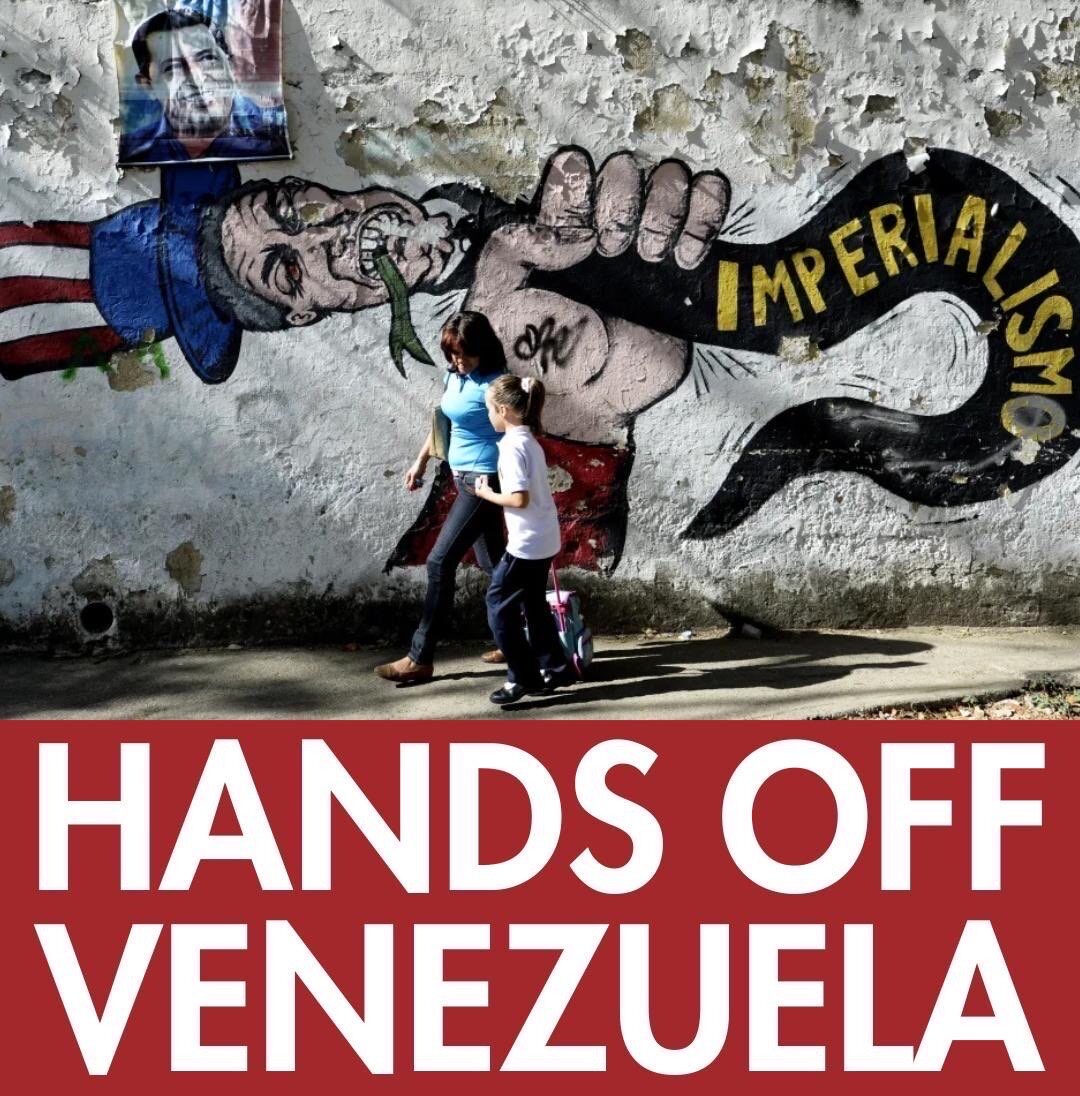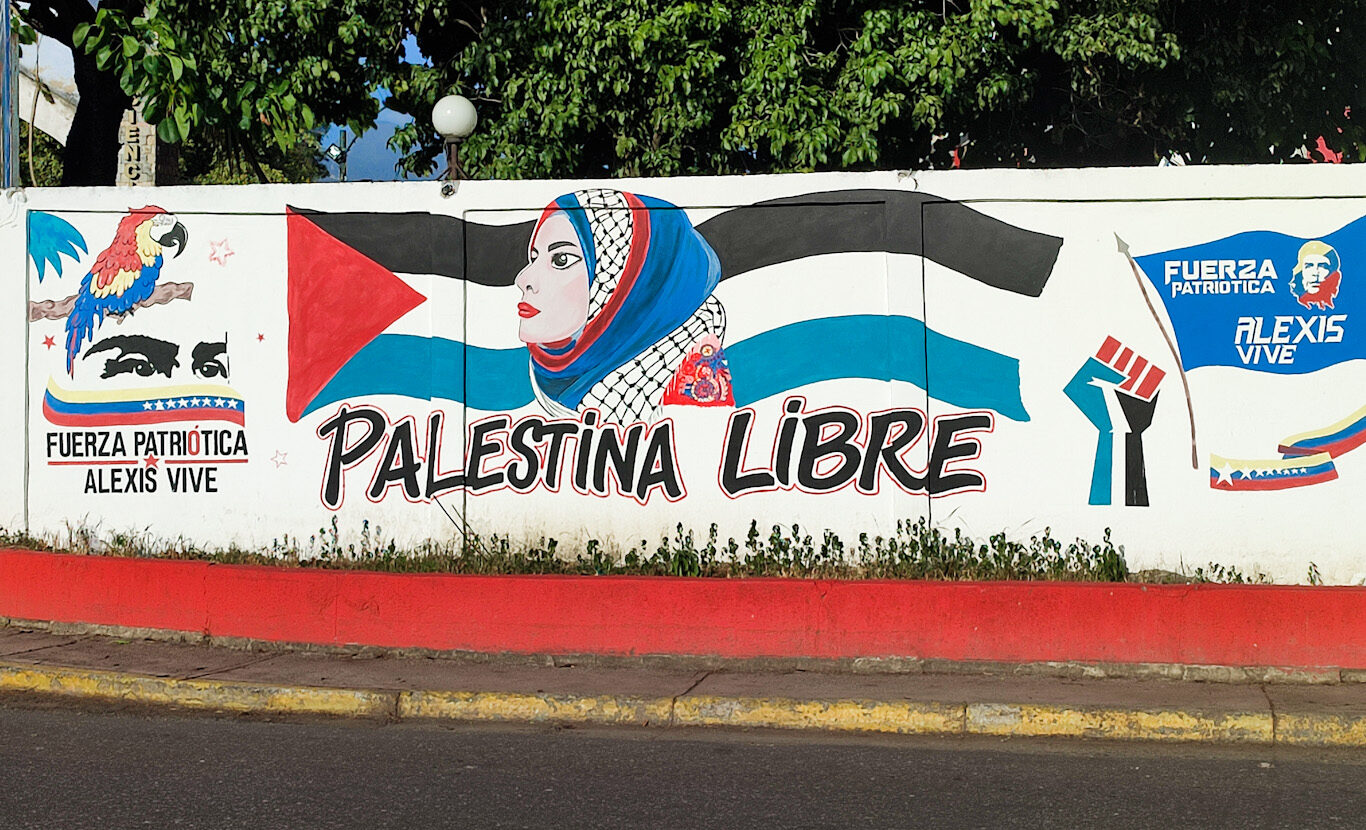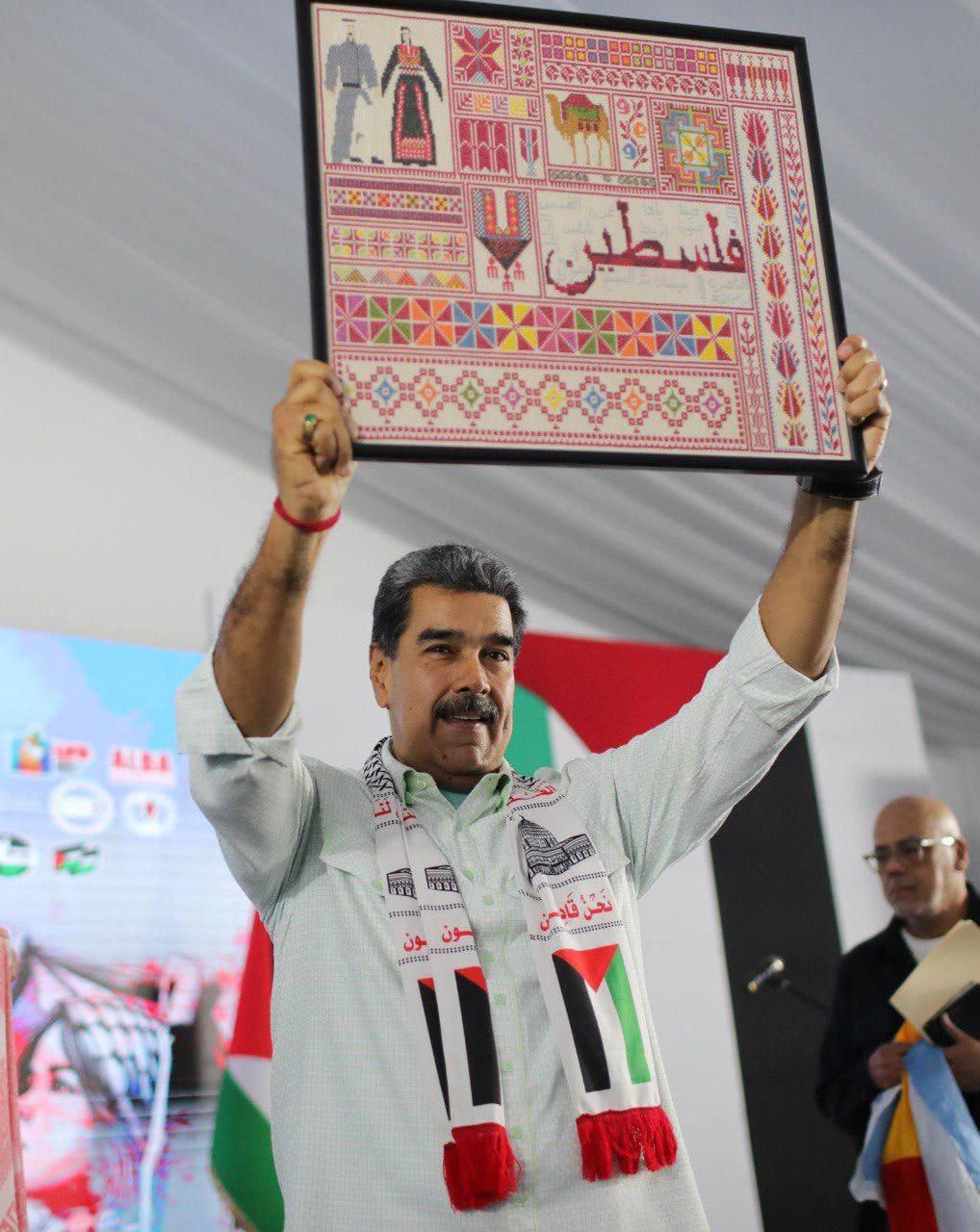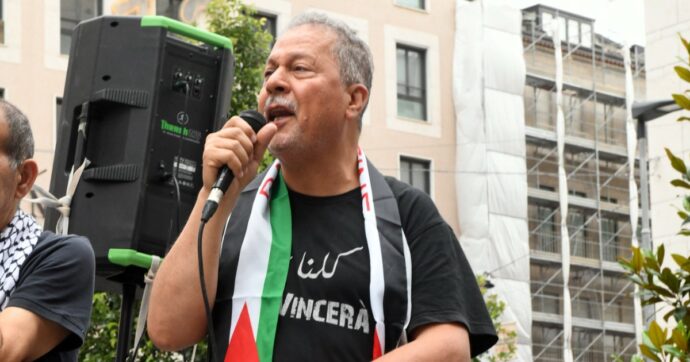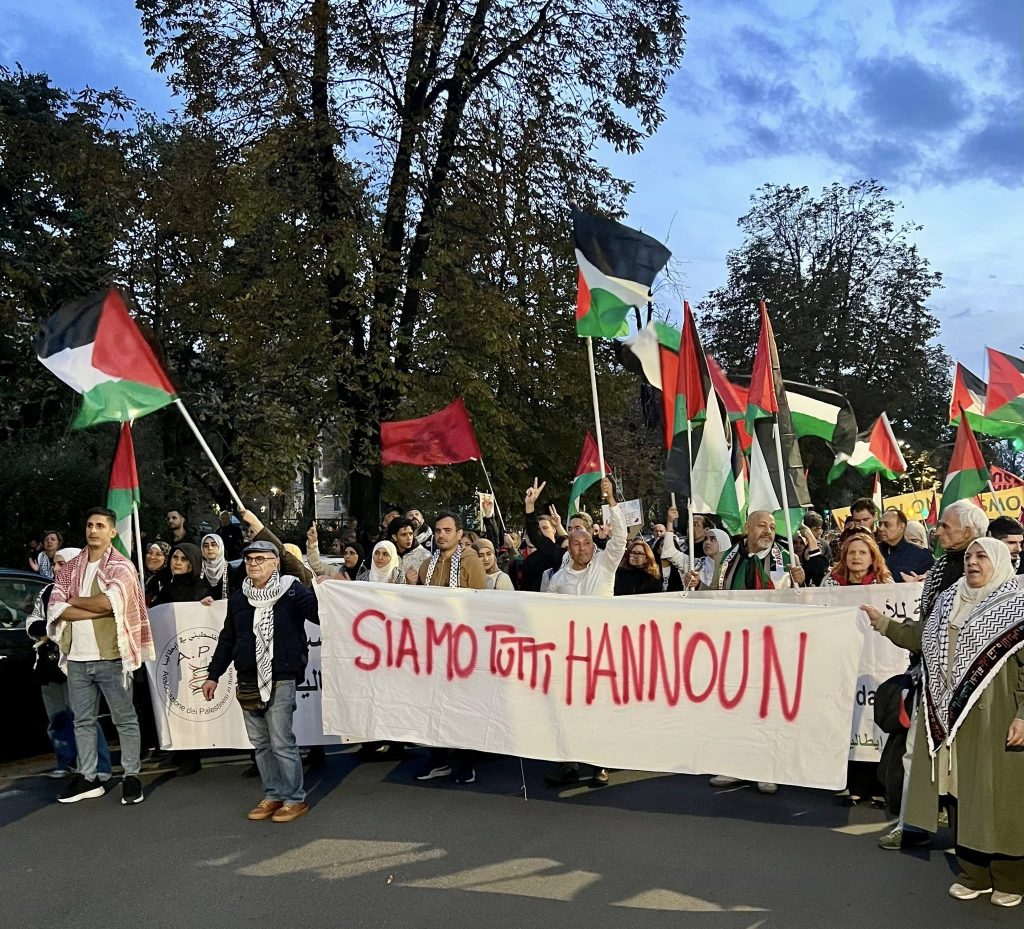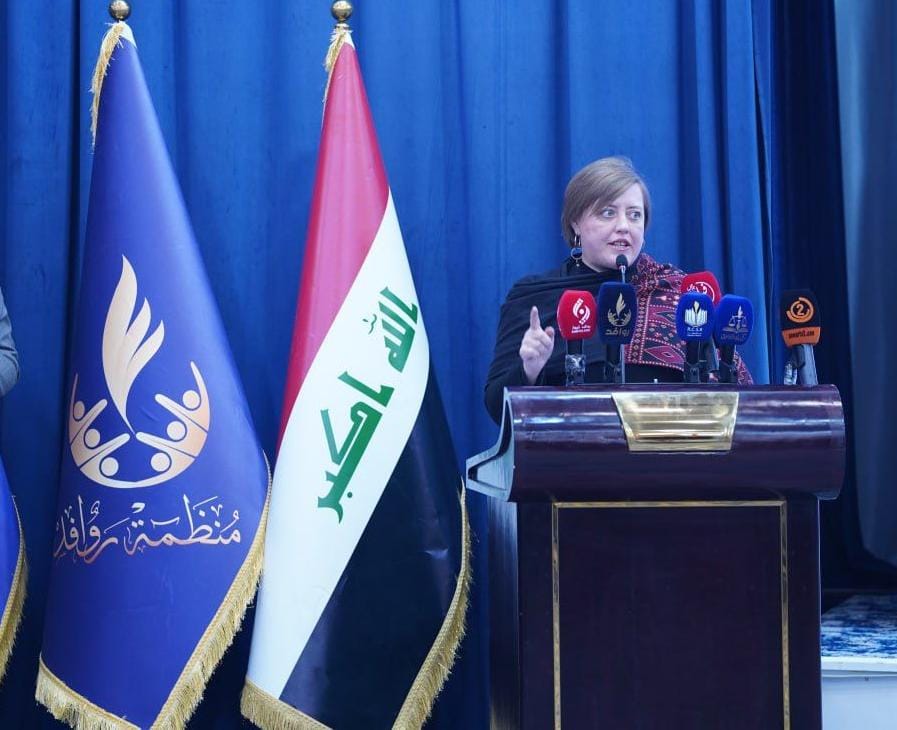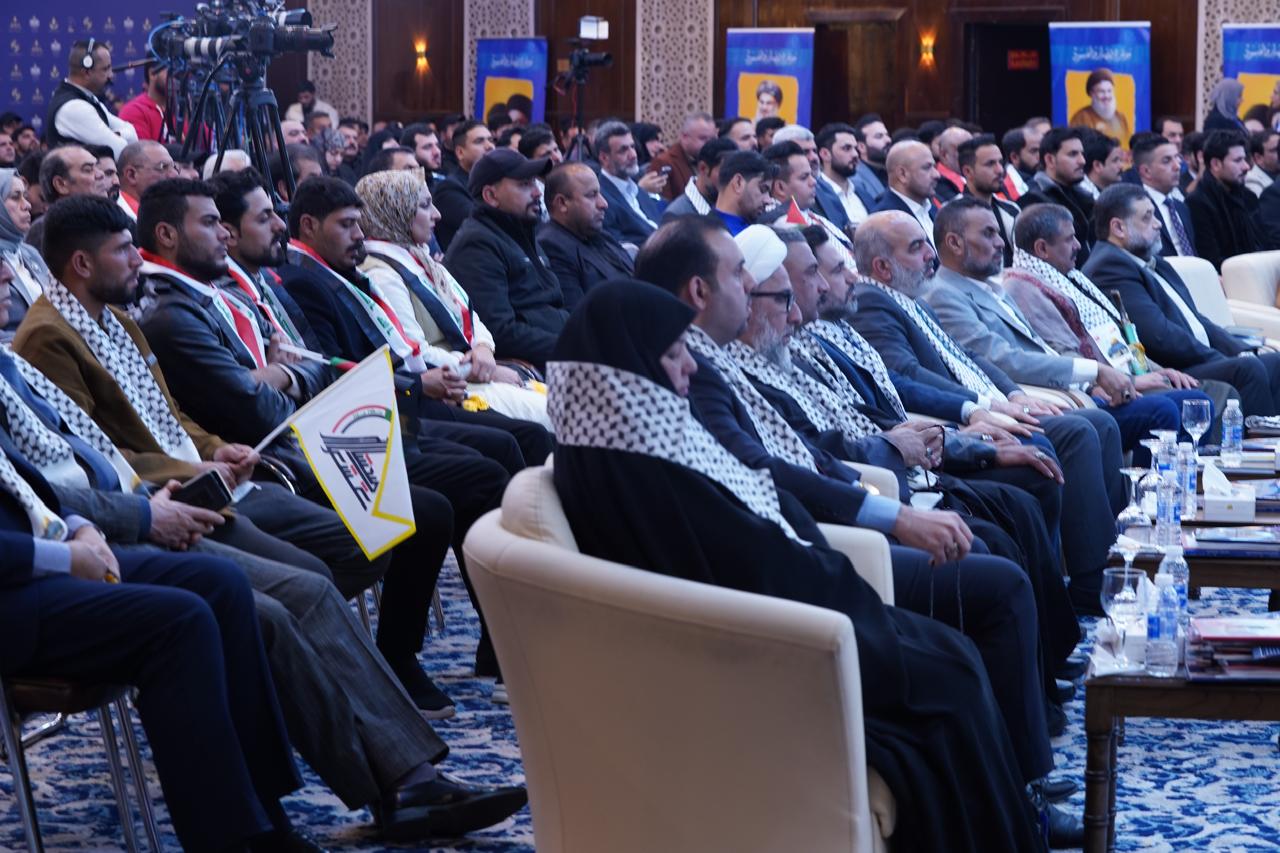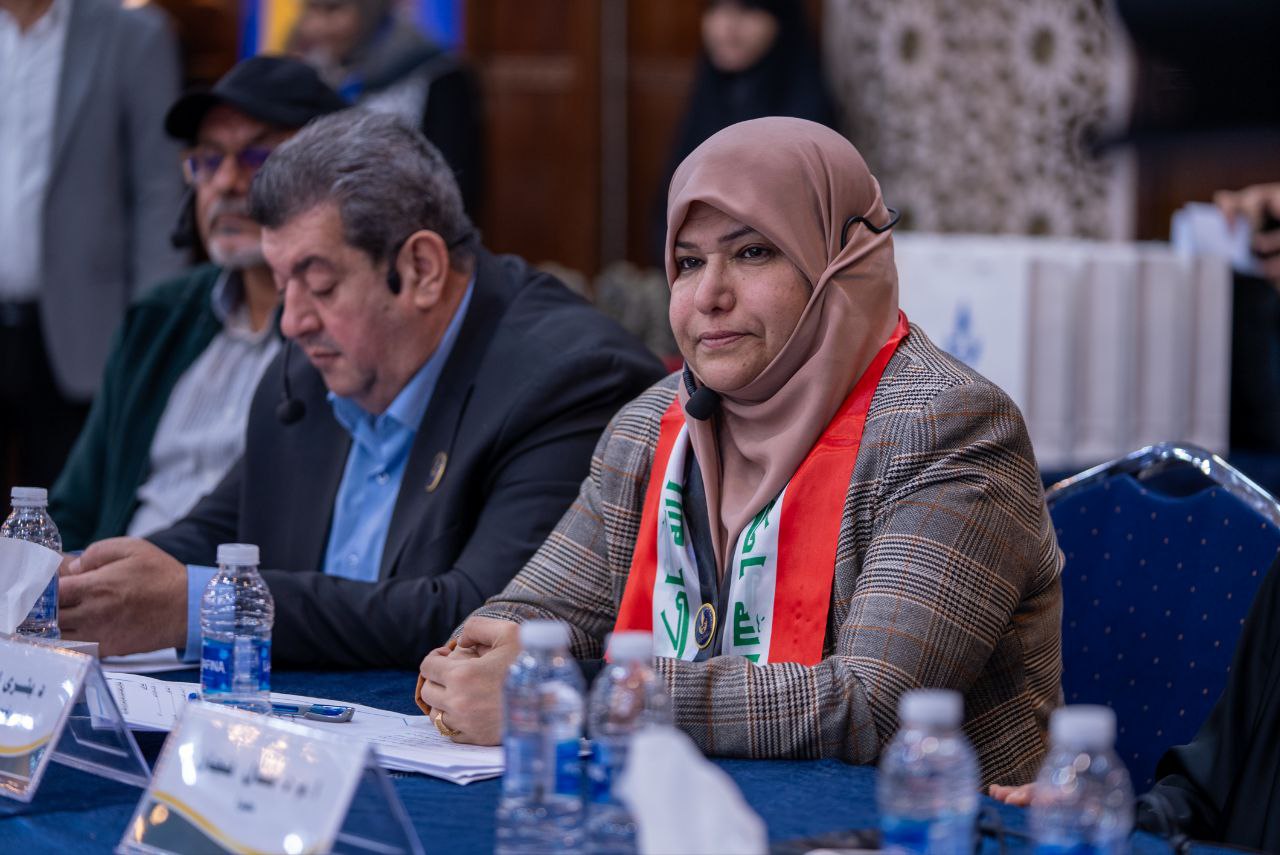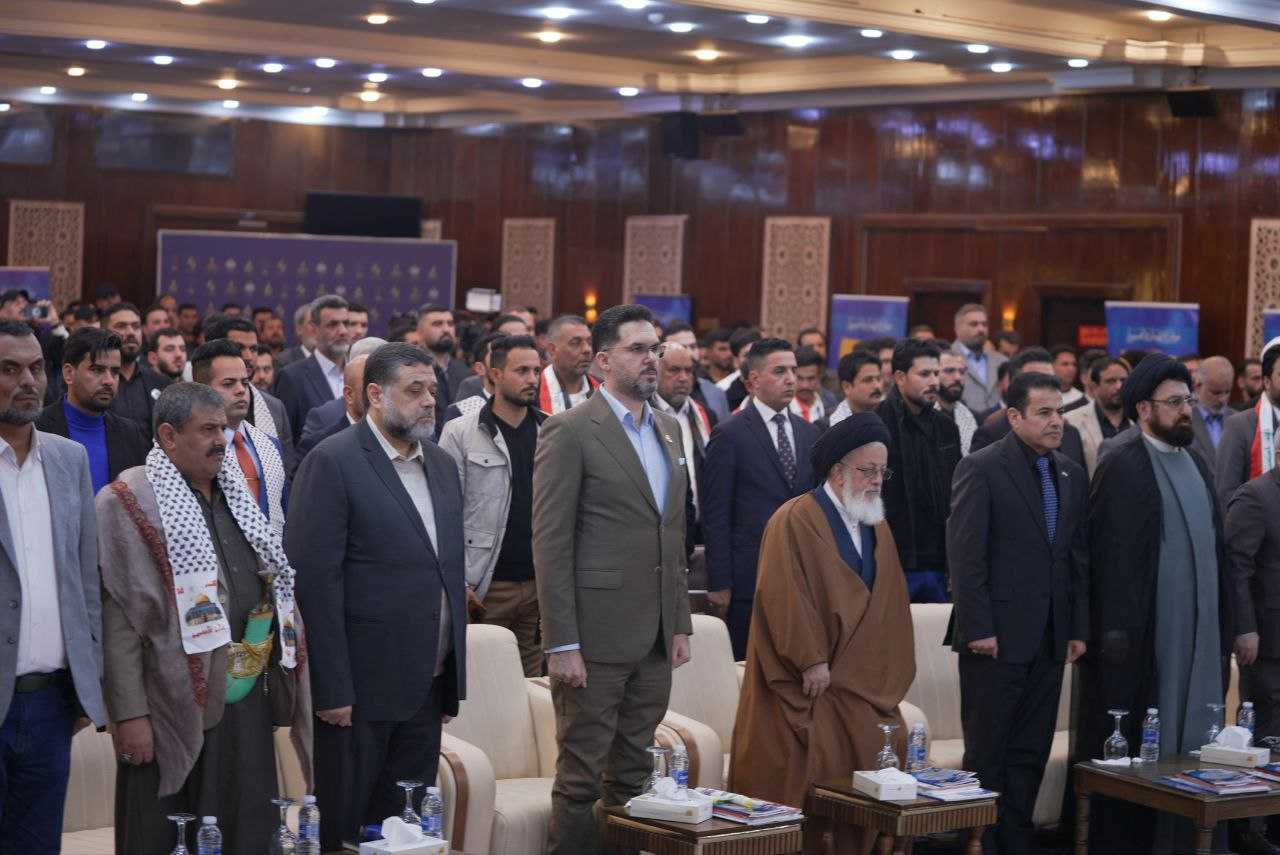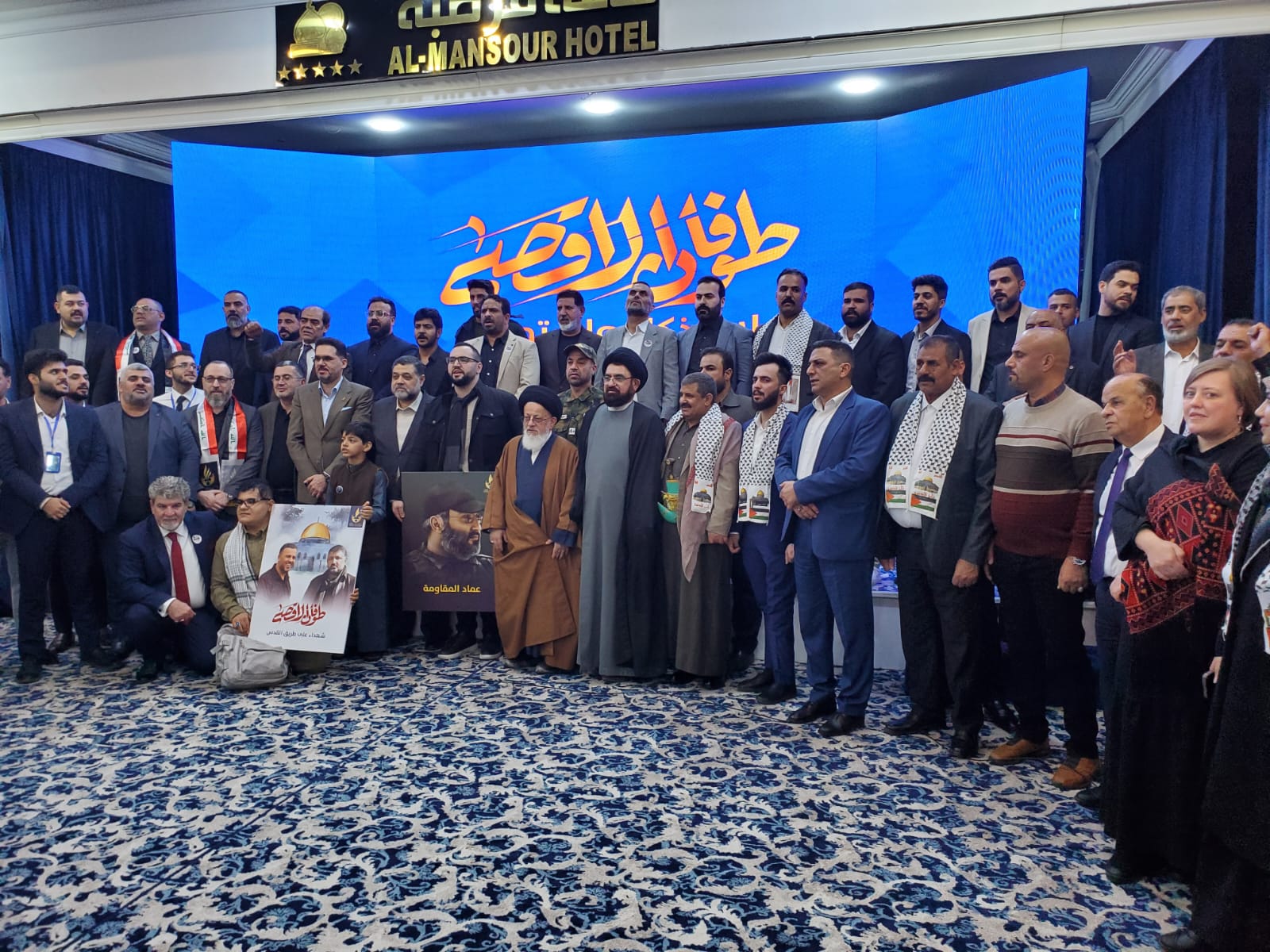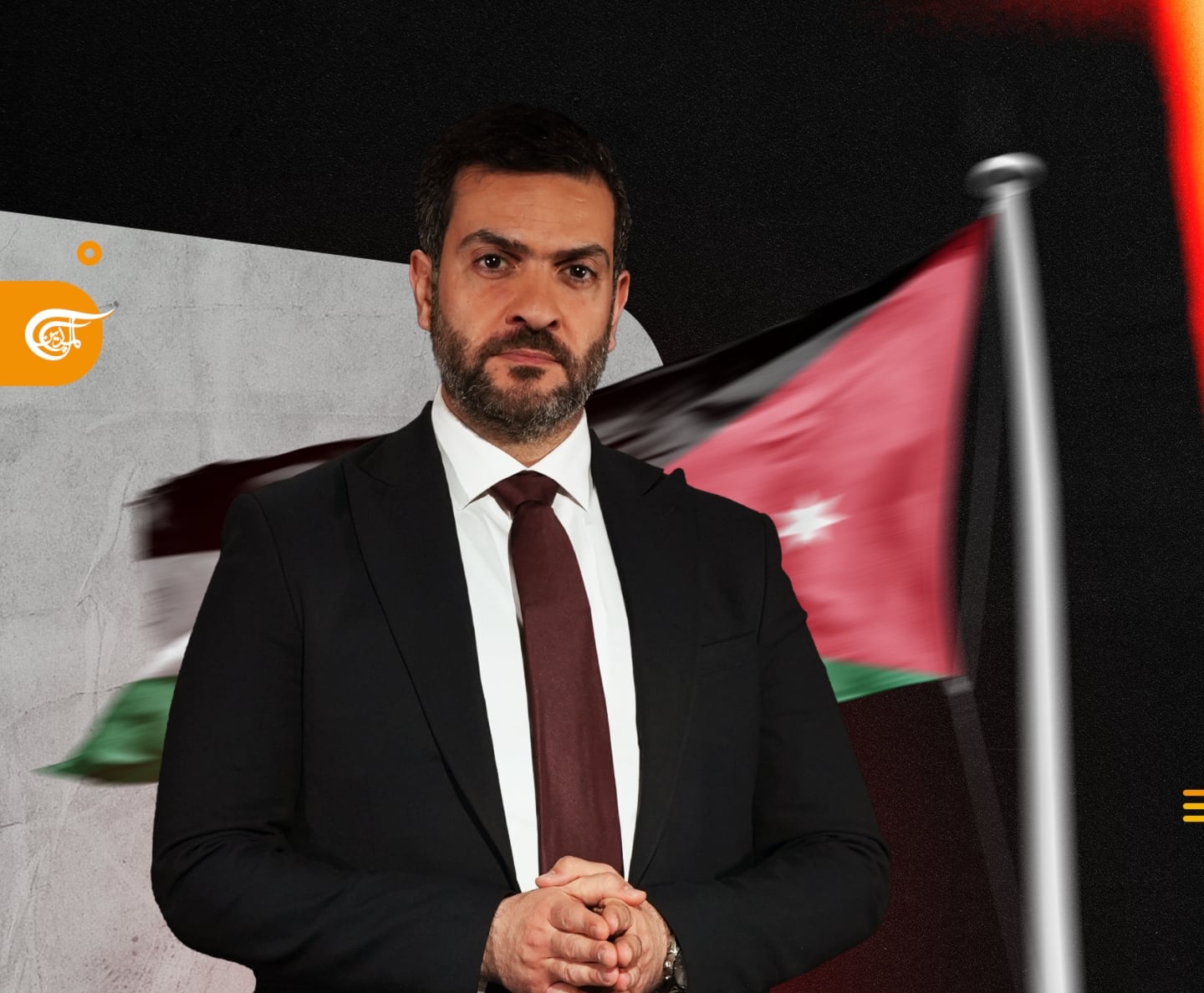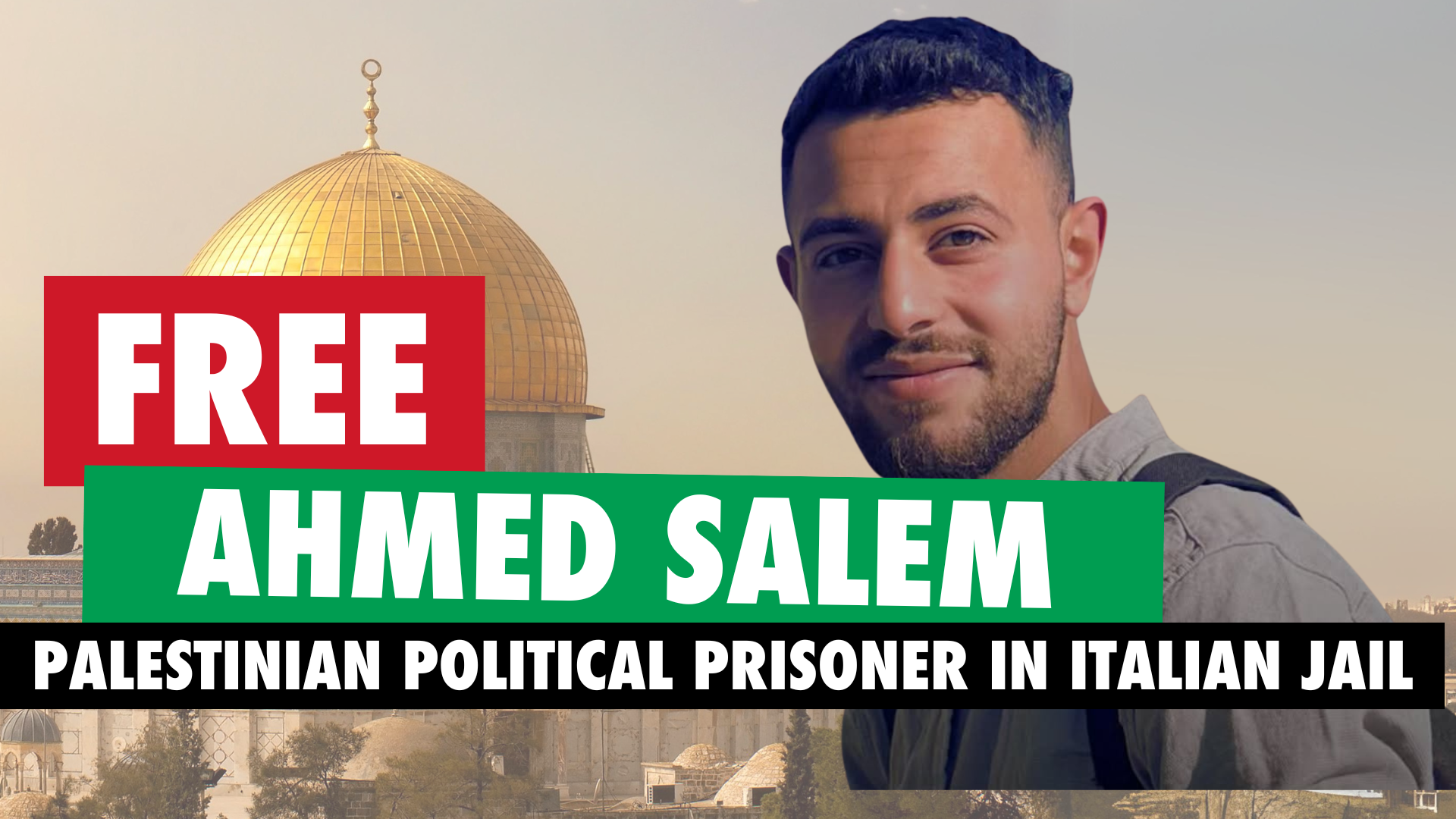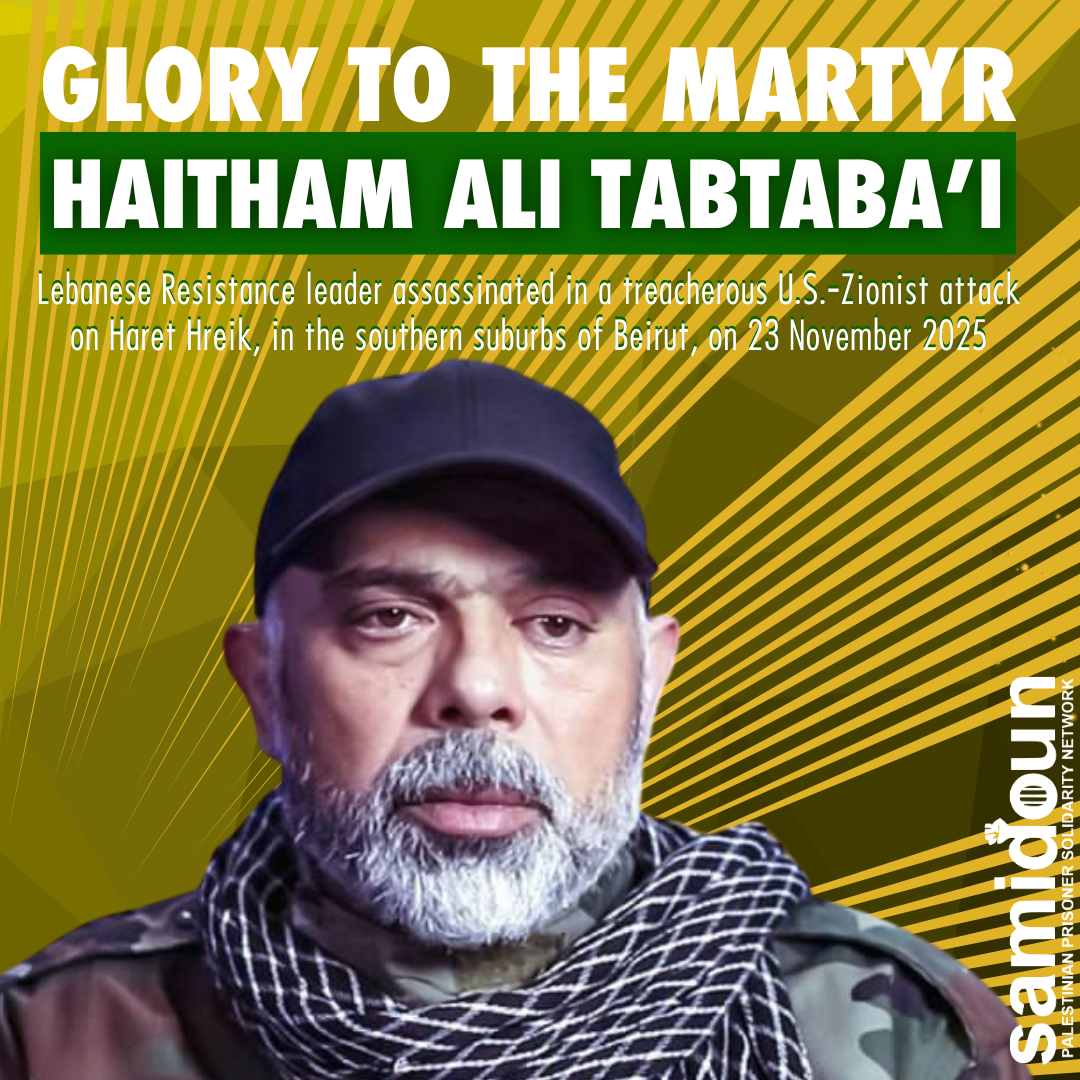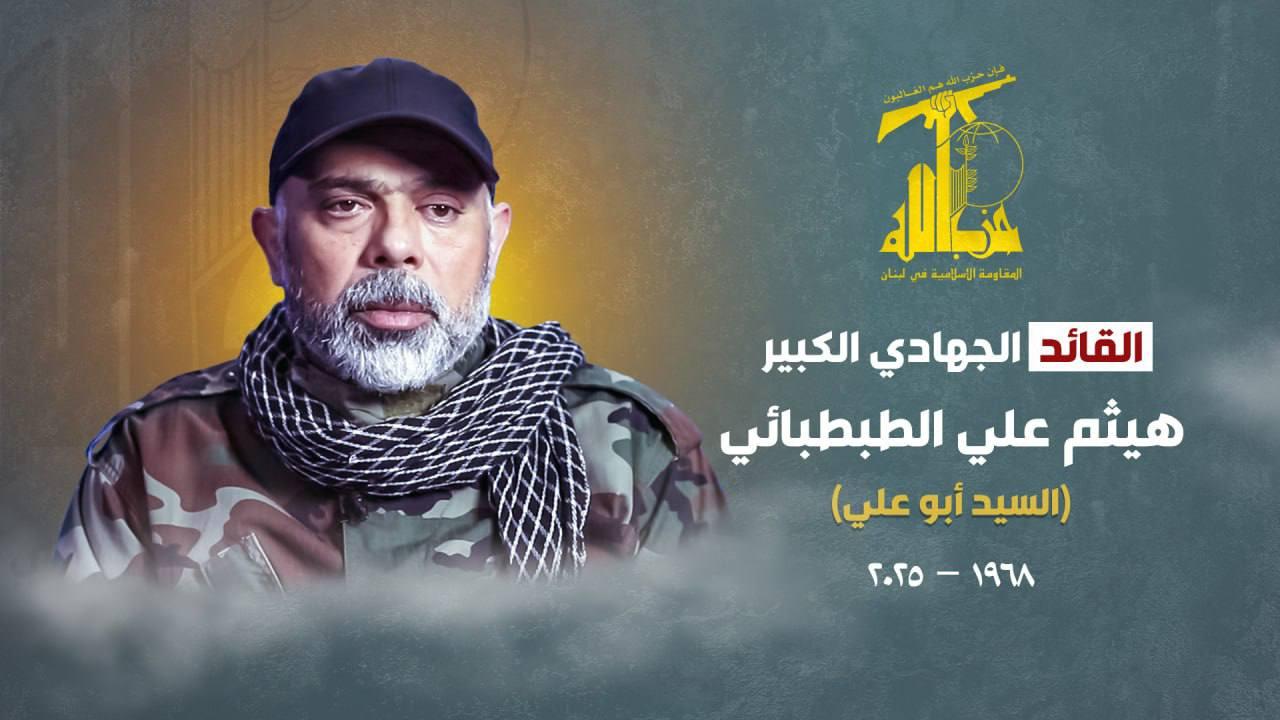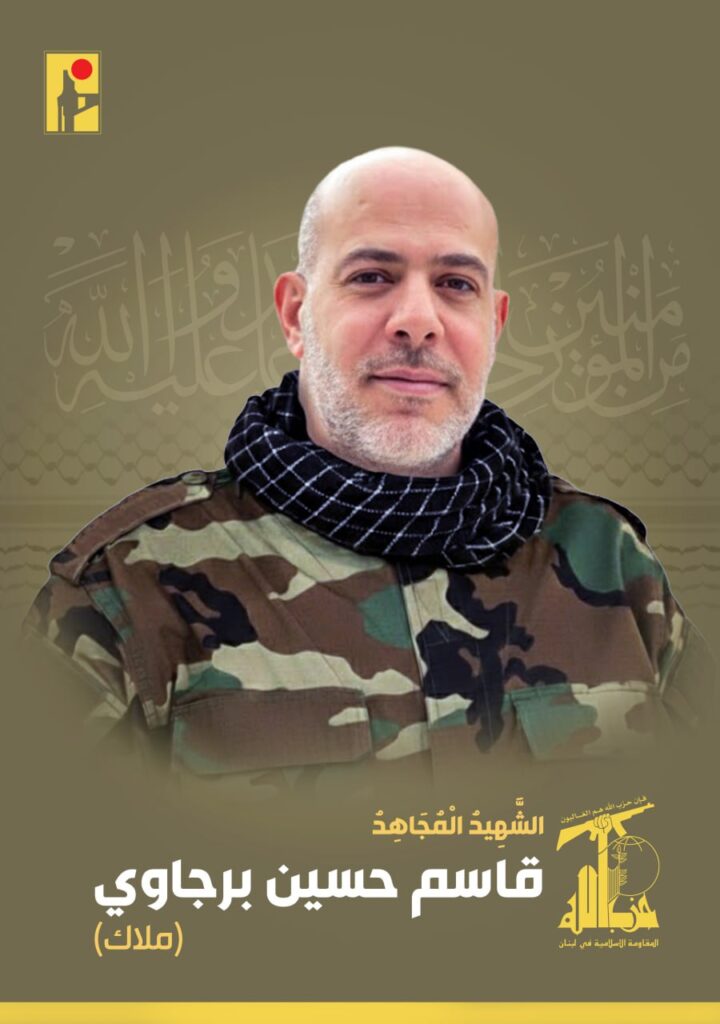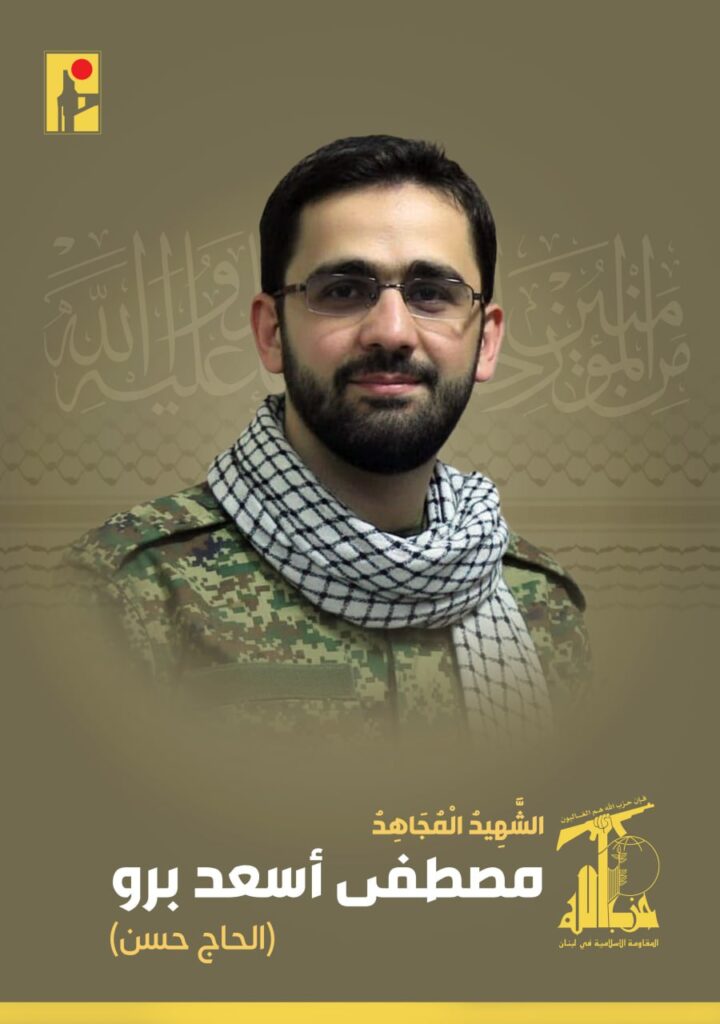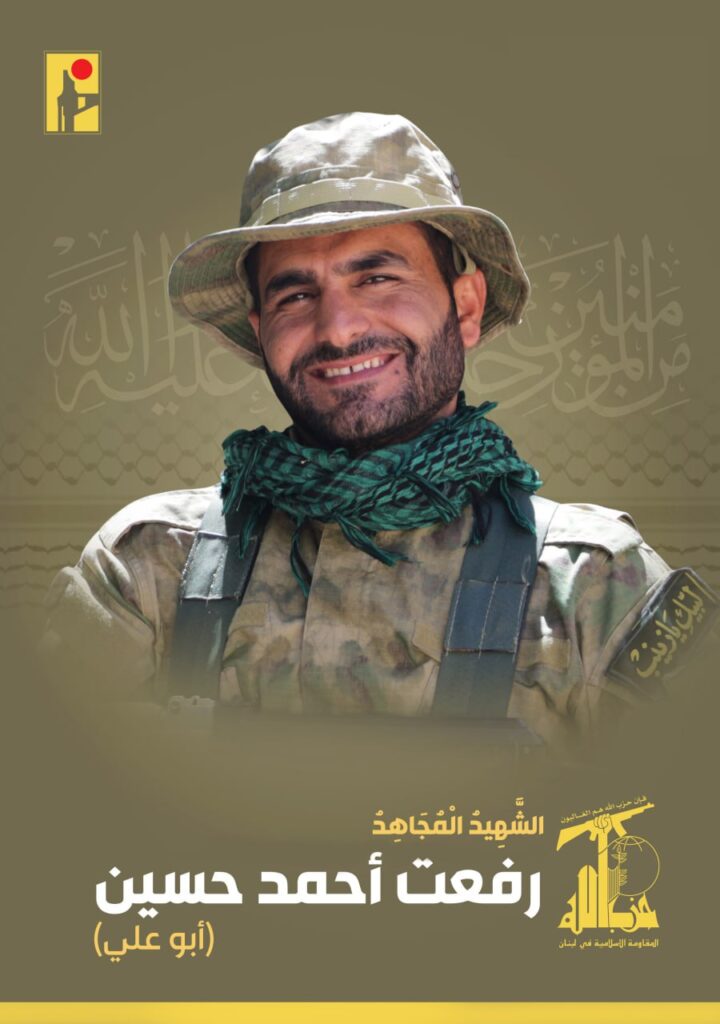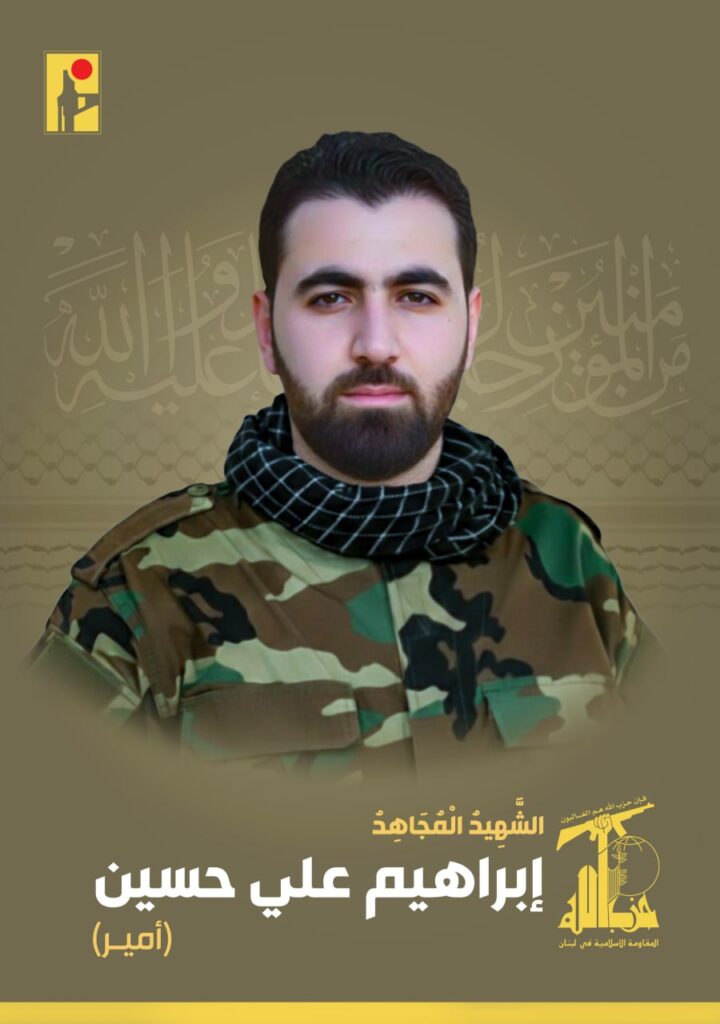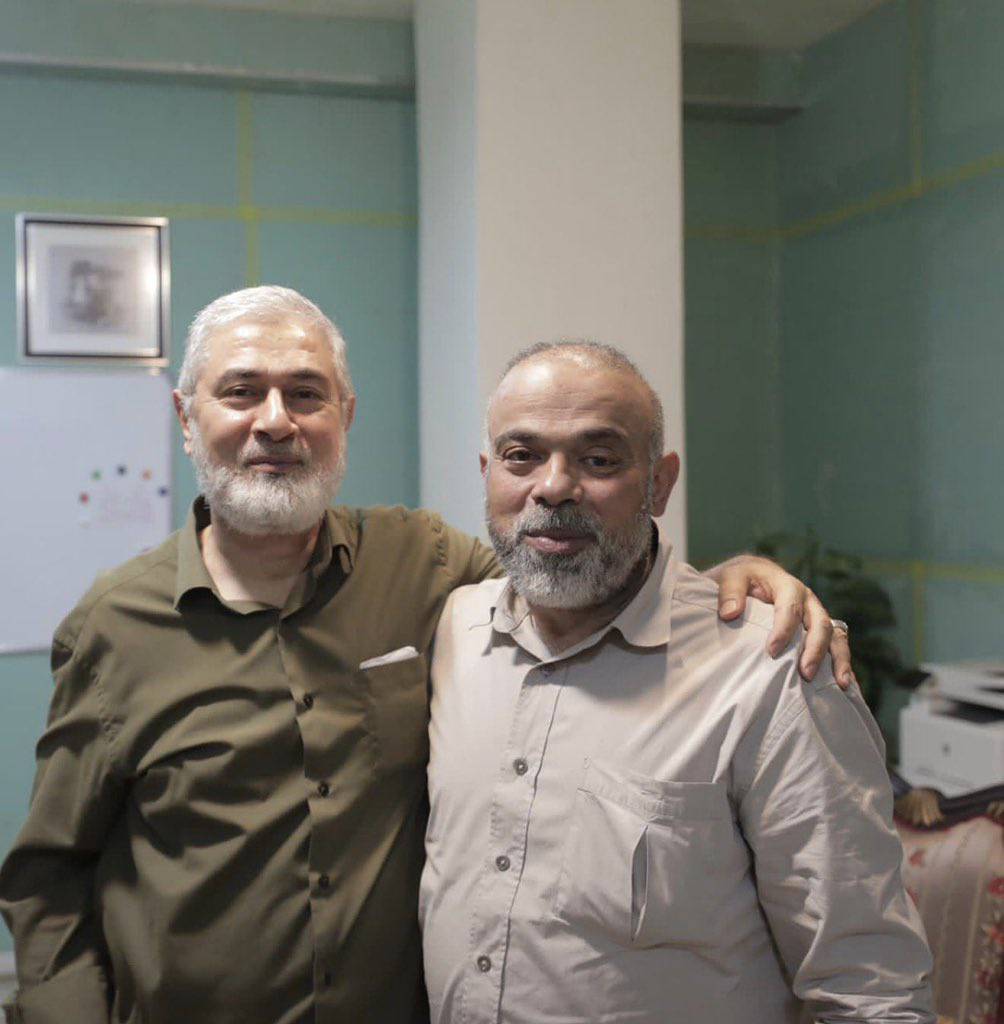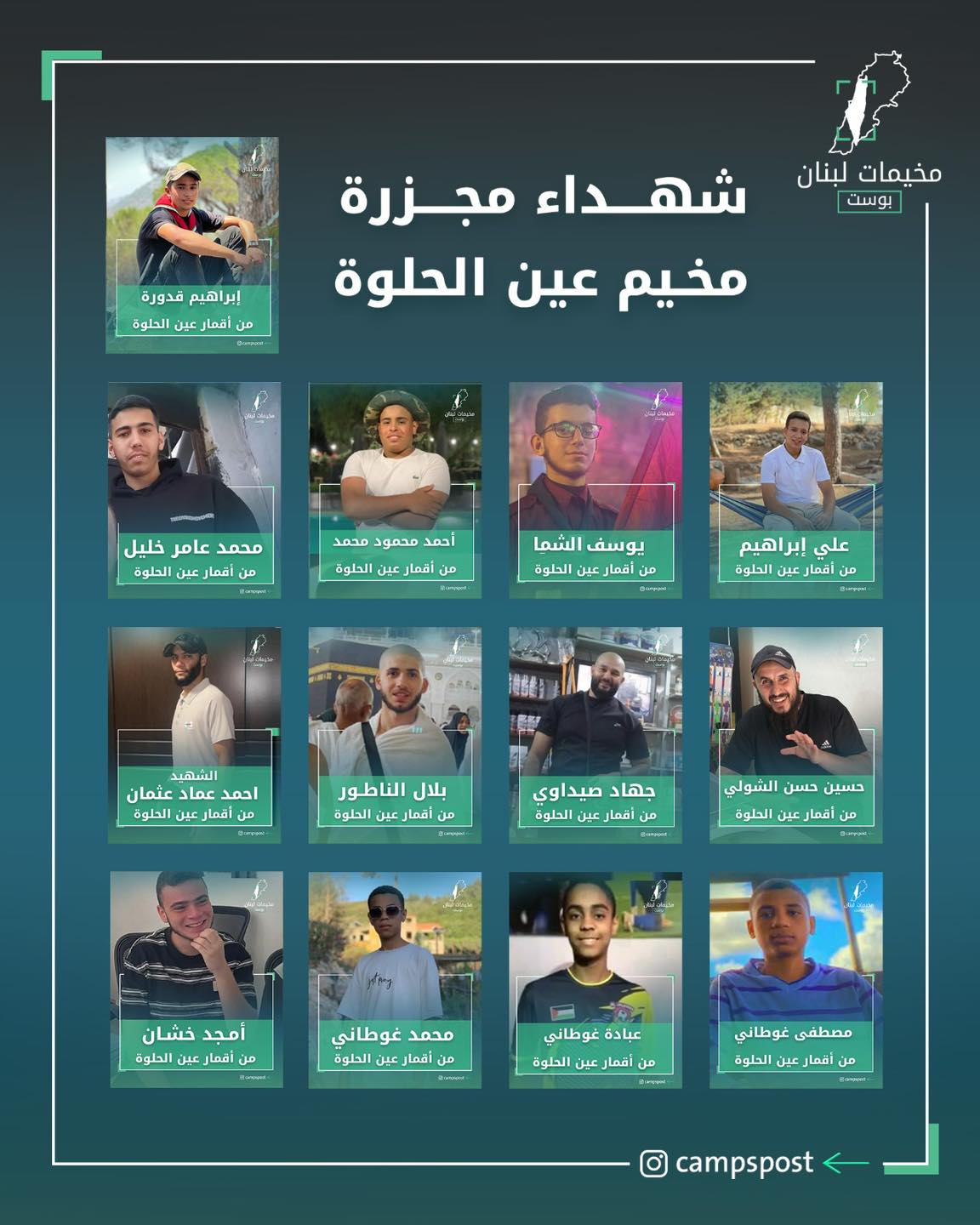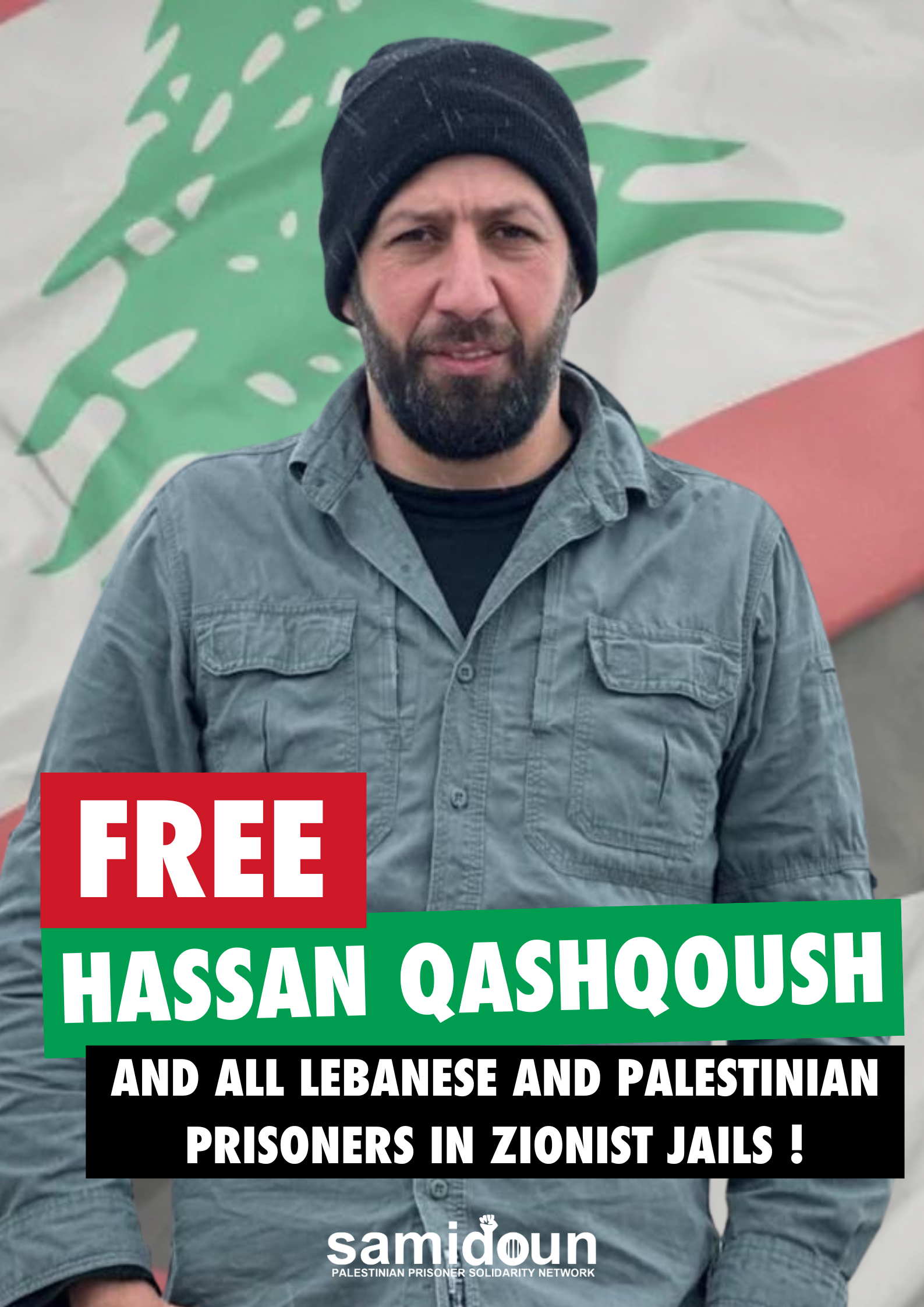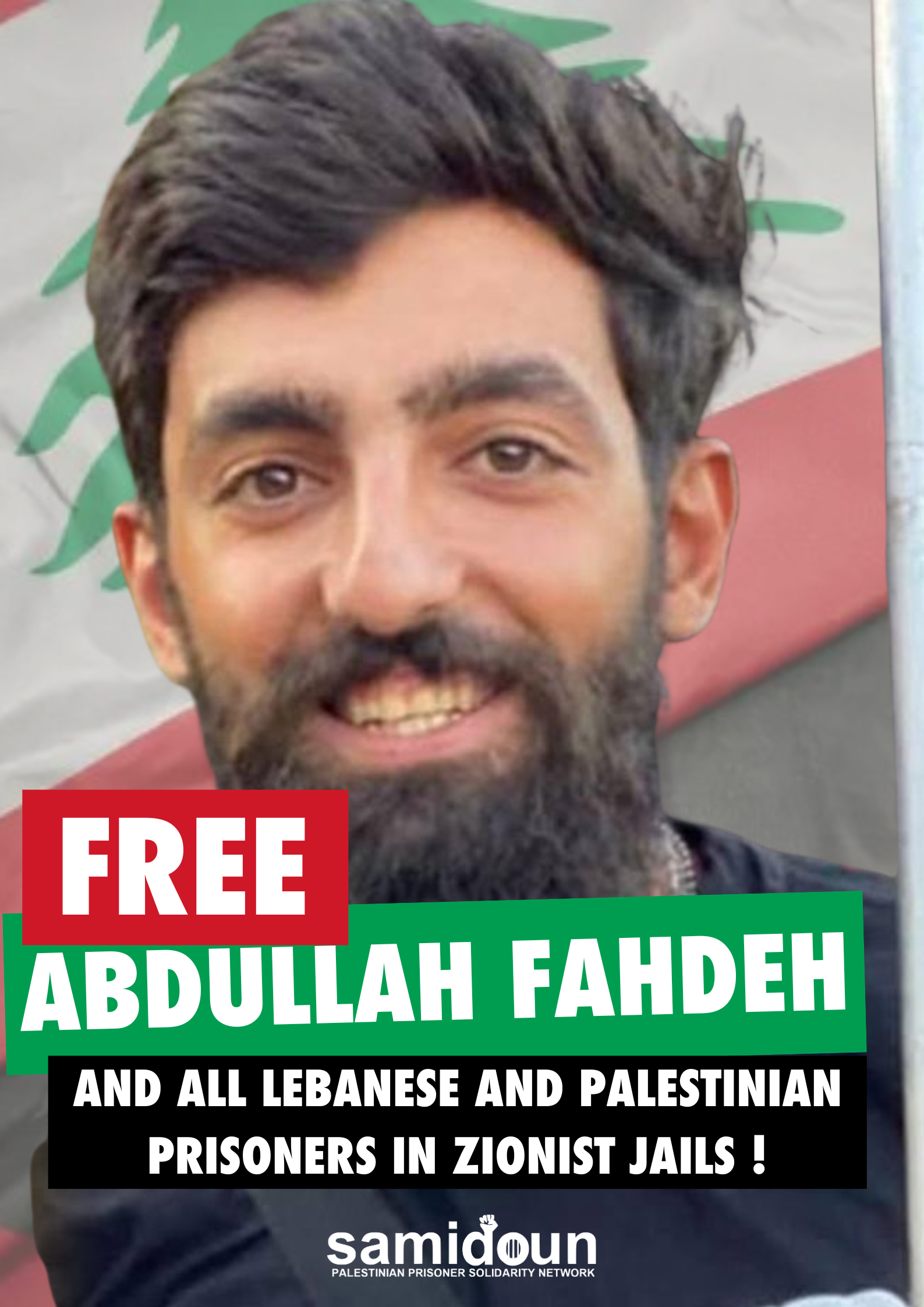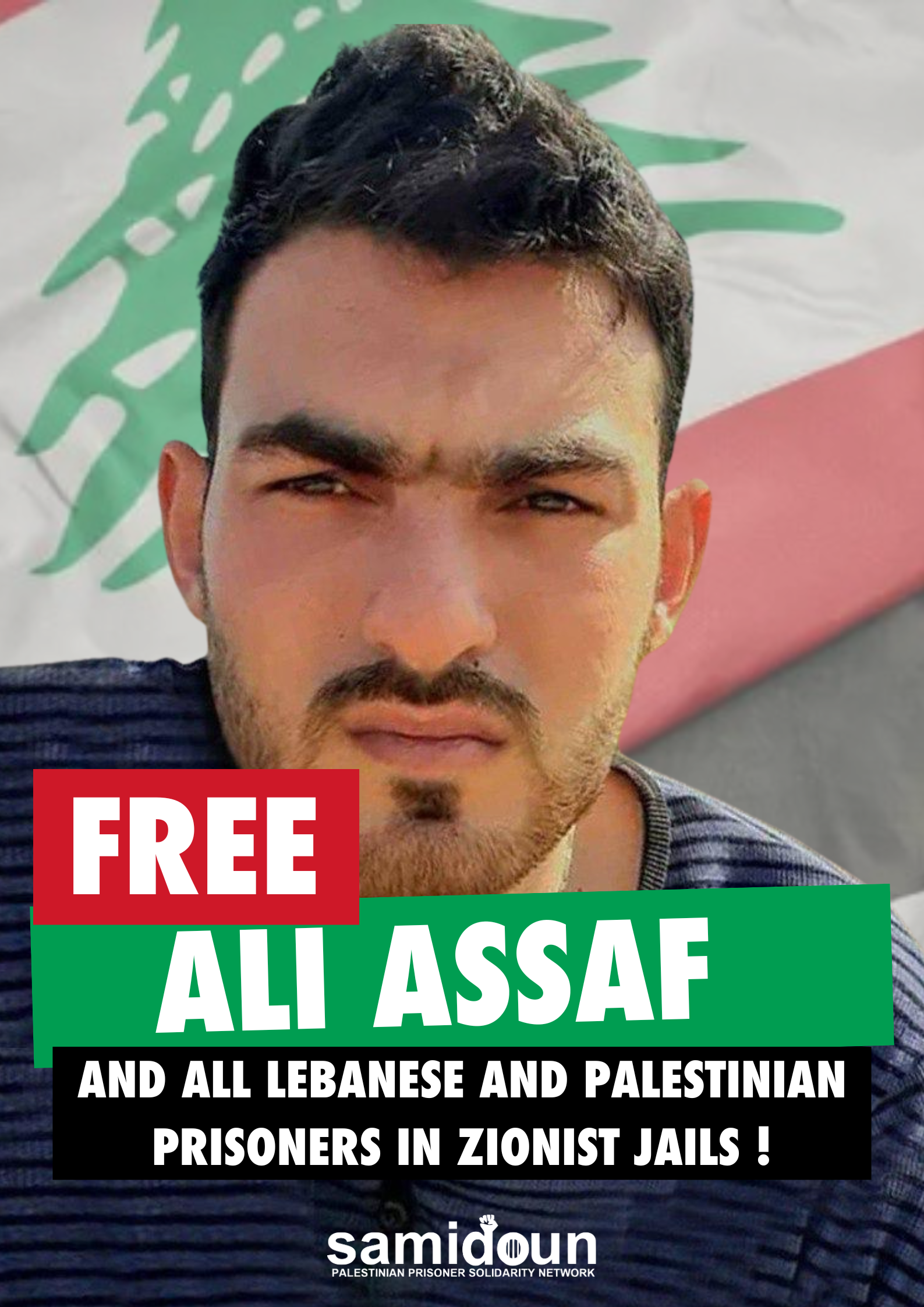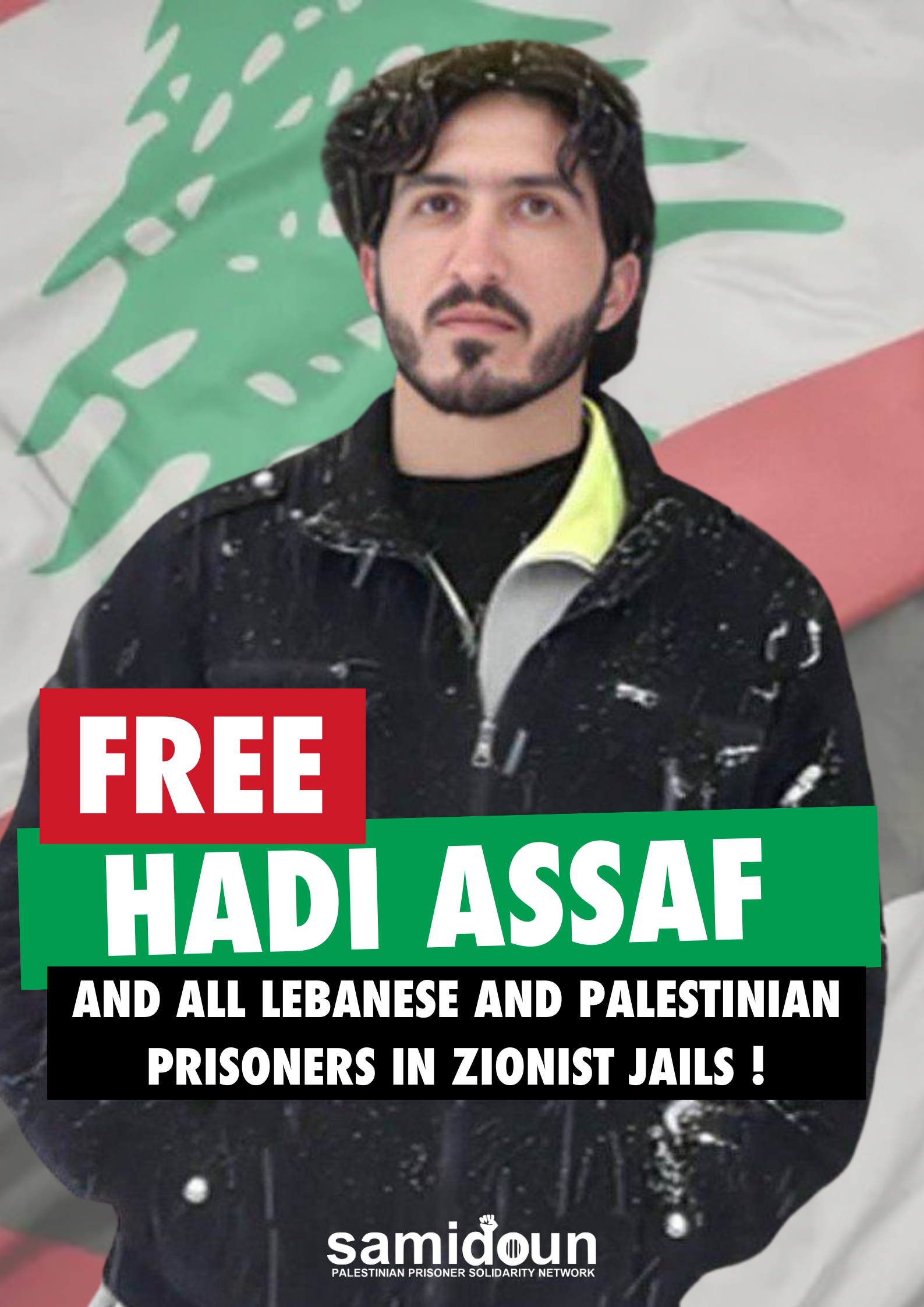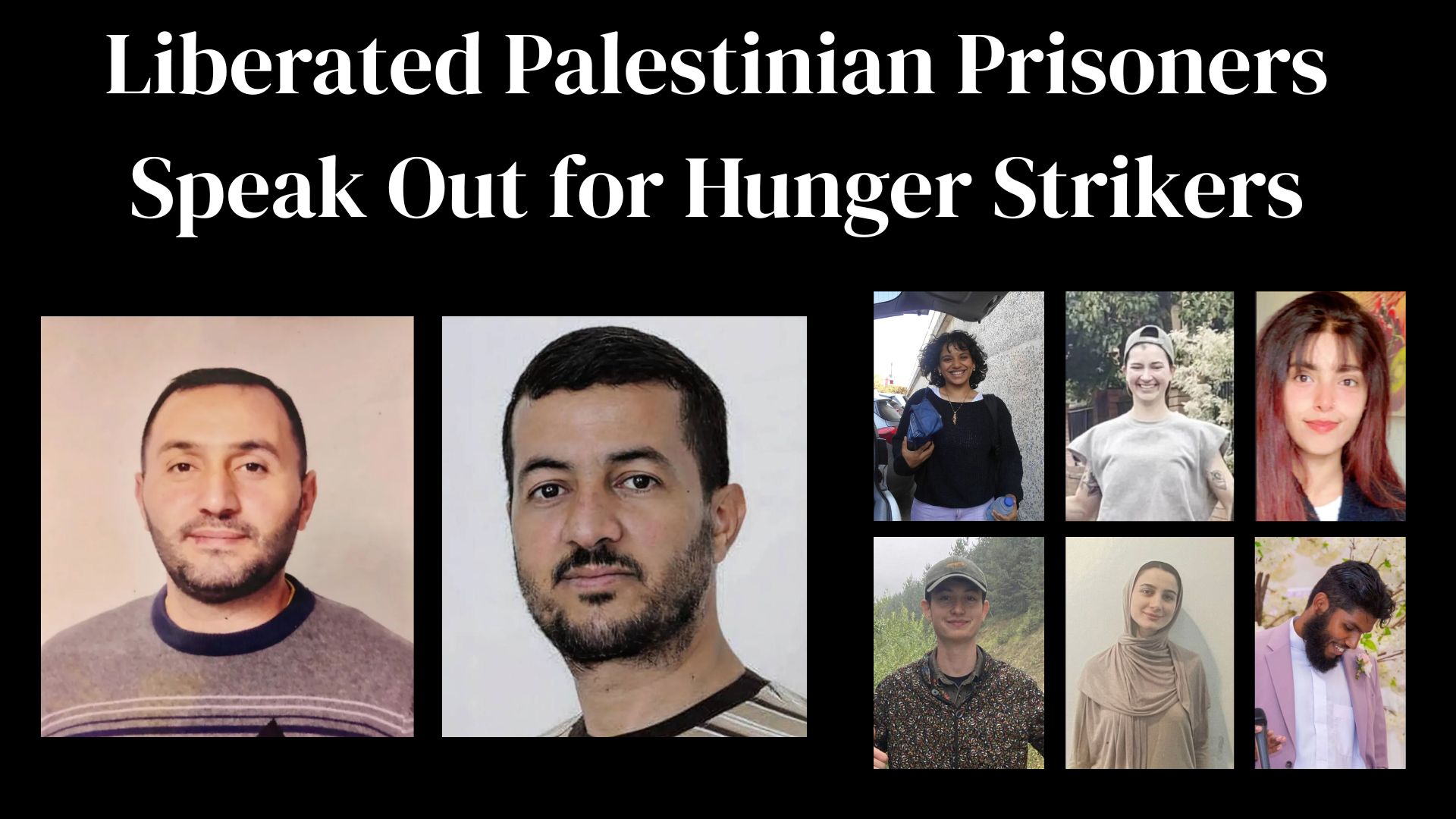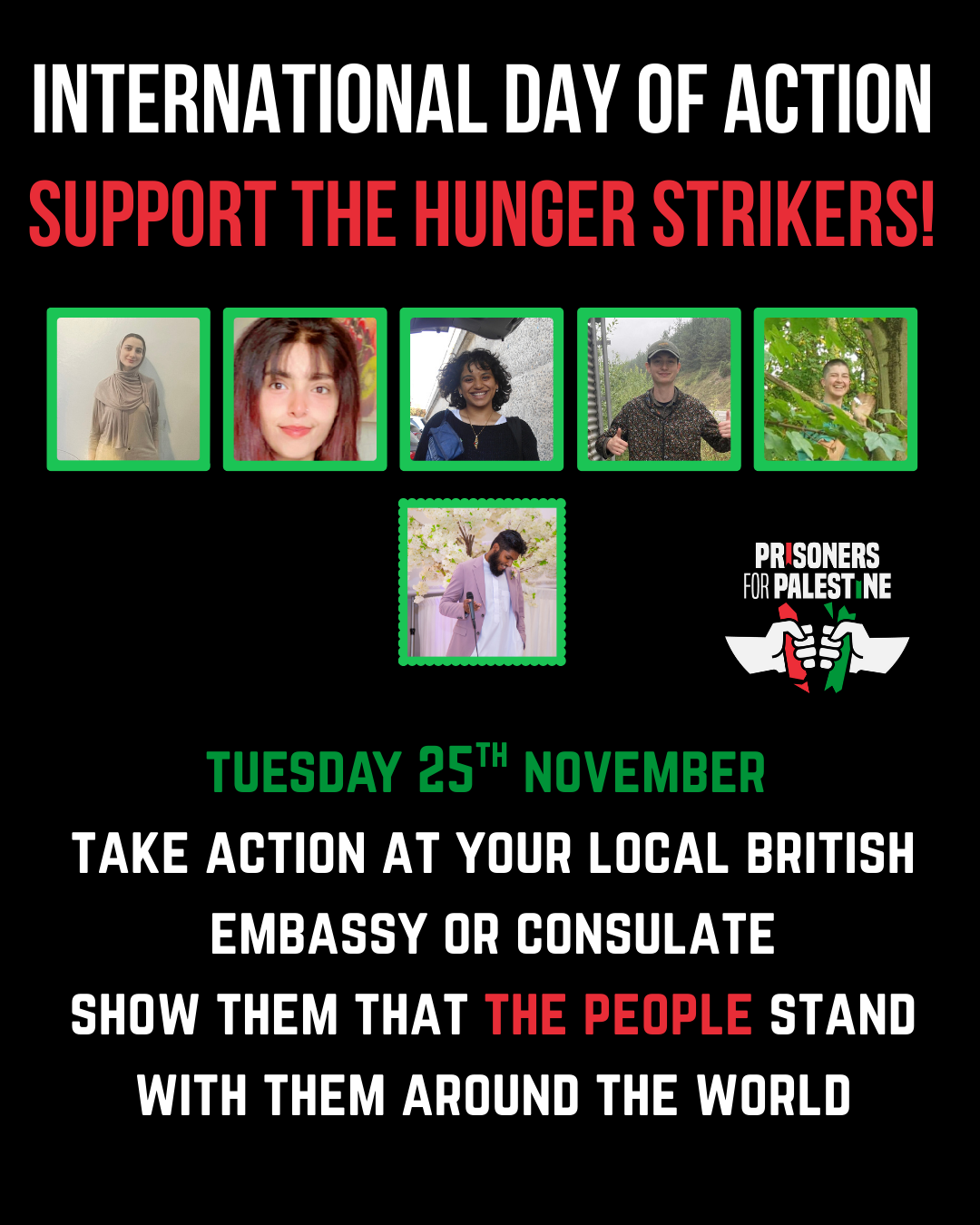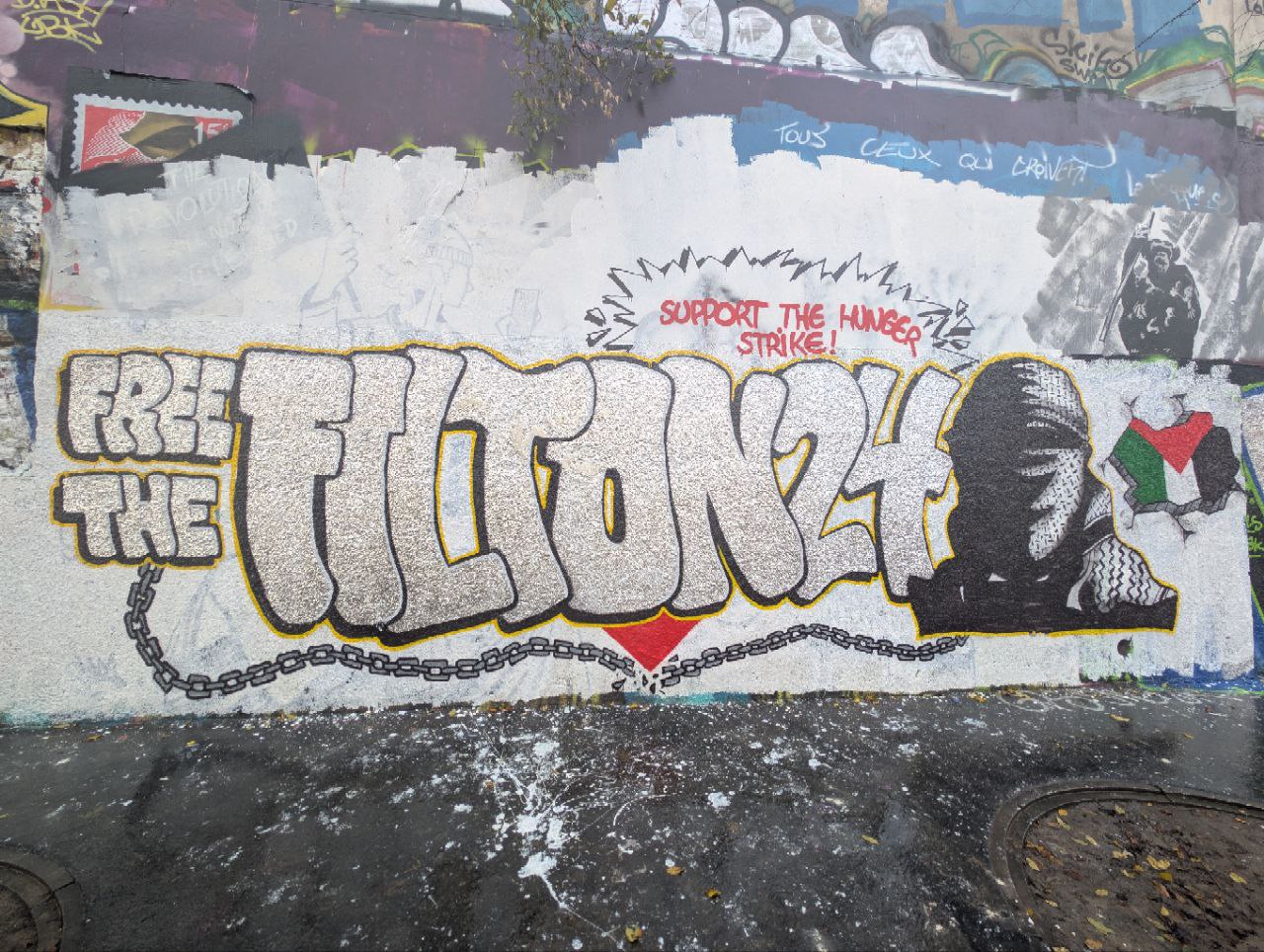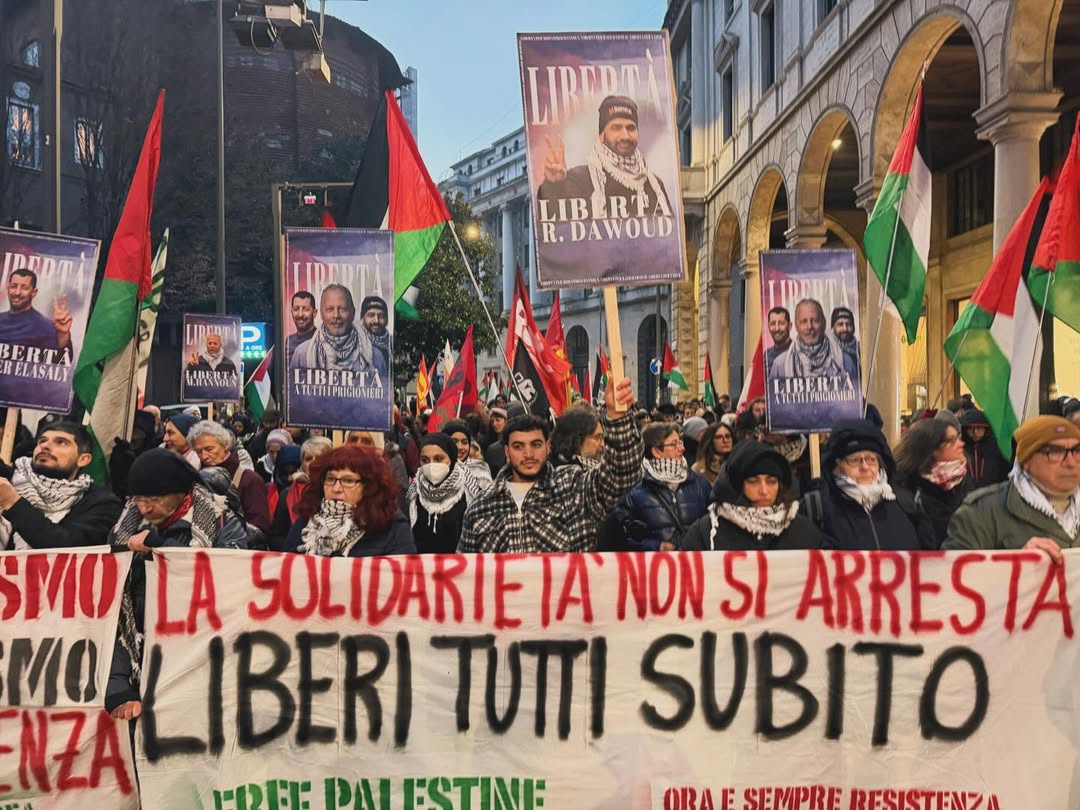
In the wake of the Italian government’s attack on the Palestinian community and Palestine solidarity movement in the country, in which it arrested seven Palestinian activists and leaders, including Mohammed Hannoun, the president of the Associazione dei Palestinesi in Italia(API, Association of Palestinians in Italy), protests have grown against the so-called “Operation Domino.” The next announced protest for the freedom of the imprisoned Palestinians will take place on Wednesday, 7 January in Milano at 6 pm outside Piazzale Aquileia (S. Agostino M2), outside San Vittore prison, where Raed Dawoud, one of the 7 imprisoned Palestinian organizers, is being held as a political prisoner.
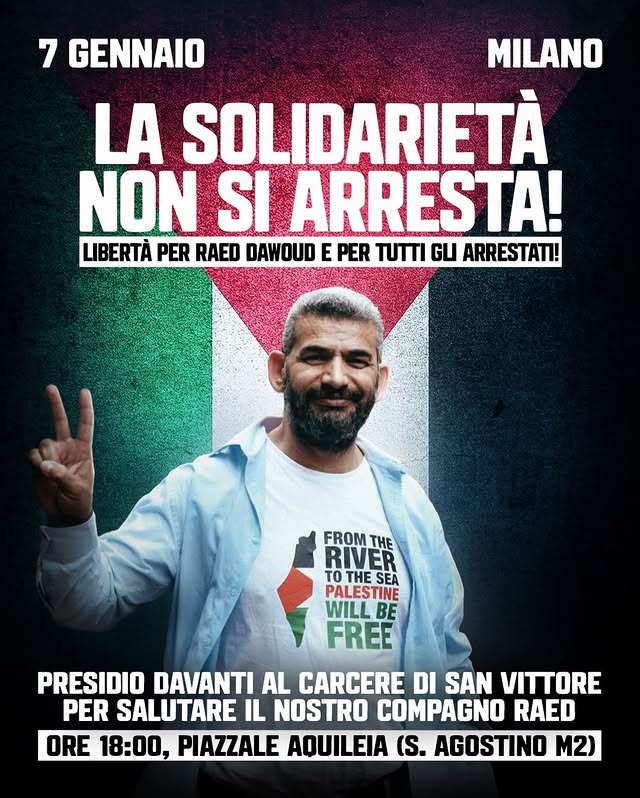
On Saturday, 3 January, protesters gathered in Piazza Scala in Milano with signs calling for the liberation of Hannoun, Dawoud, Yaser El-Assaly and their fellow Palestinian prisoners — both in Italy and in Palestine. Simultaneously, another protest was organized in Genova — Hannoun’s hometown in Italy — calling for their freedom; protests have also been organized in Brugherio, outside the Monza prison, and in Napoli.
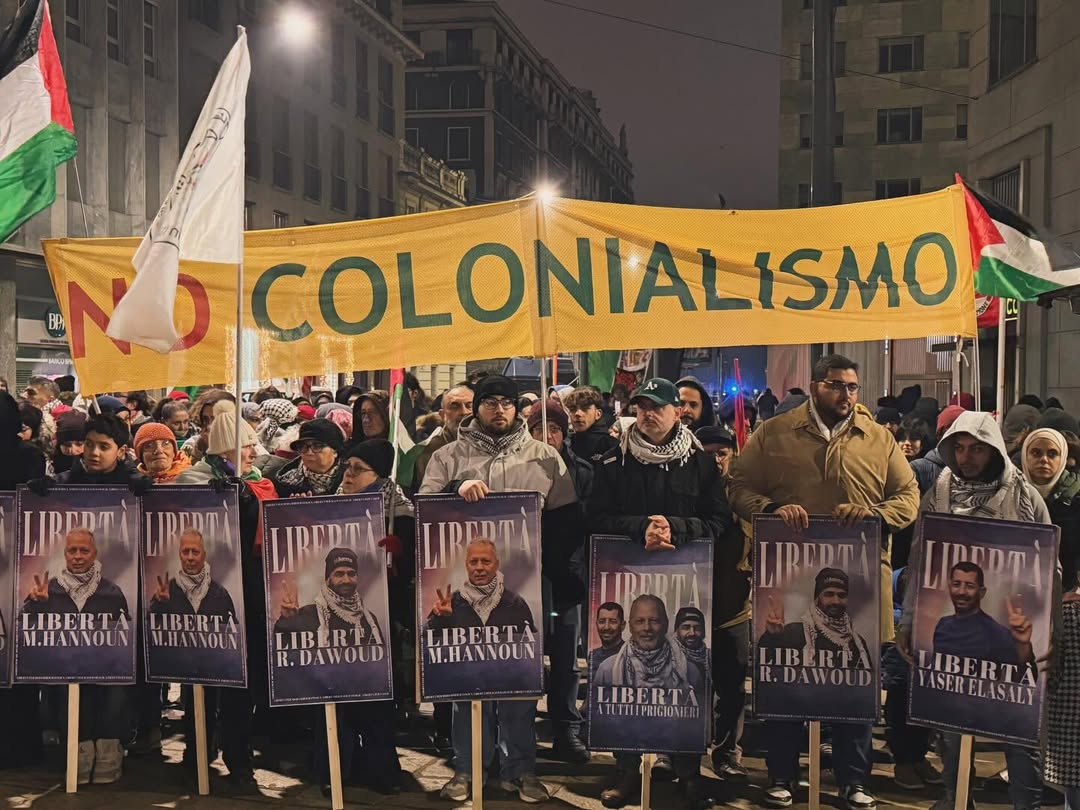
On New Year’s Eve, the API published an open letter to the prisoners from the families of the seven arrested Palestinians, highlighting that they are beloved and missed, with a call to return them home:
While everyone else celebrates with the affection of their fathers
and loved ones, our homes have seven empty seats.
Seven smiles we missed at the stroke of midnight. Seven presences that, even if far away, are the center around which our thoughts revolve.
We begin 2026 with our hearts split in two: proud of your
commitment, of your courage, and of the duty you are serving, but with a knot in our throats that does not loosen.
Every bell, every firework, will sound a little quieter without you.
Know that our love reaches you. Our new year will truly begin
only when you once again cross the threshold of our doors.
With all our love and nostalgia,
Your families
Hannoun has already been denied family visits; in an action highly reminiscent of the Zionist entity’s treatment of Palestinian prisoners in its occupation jails, his family members were told that they were also “suspected” and therefore, for security reasons, they would be denied visitation. His lawyer also noted that he has been denied a Qur’an and prayer mat, and that he was ordered transferred to a “high-security” prison — itself reminiscent of the U.S.’ treatment of its Palestinian political prisoners, Ghassan Elashi and Shukri Abu Baker, who, like the Palestinians in Italy, were accused and sentenced solely for humanitarian activity and support.
In what appears to be an attempt to cause widespread intimidation and fear, the state further announced that 25 more people are “under investigation” in the case, including journalist and InfoPal editor Angela Lano, who spoke out publicly about the raid and invasion of her home and confiscation of years of documents and materials.
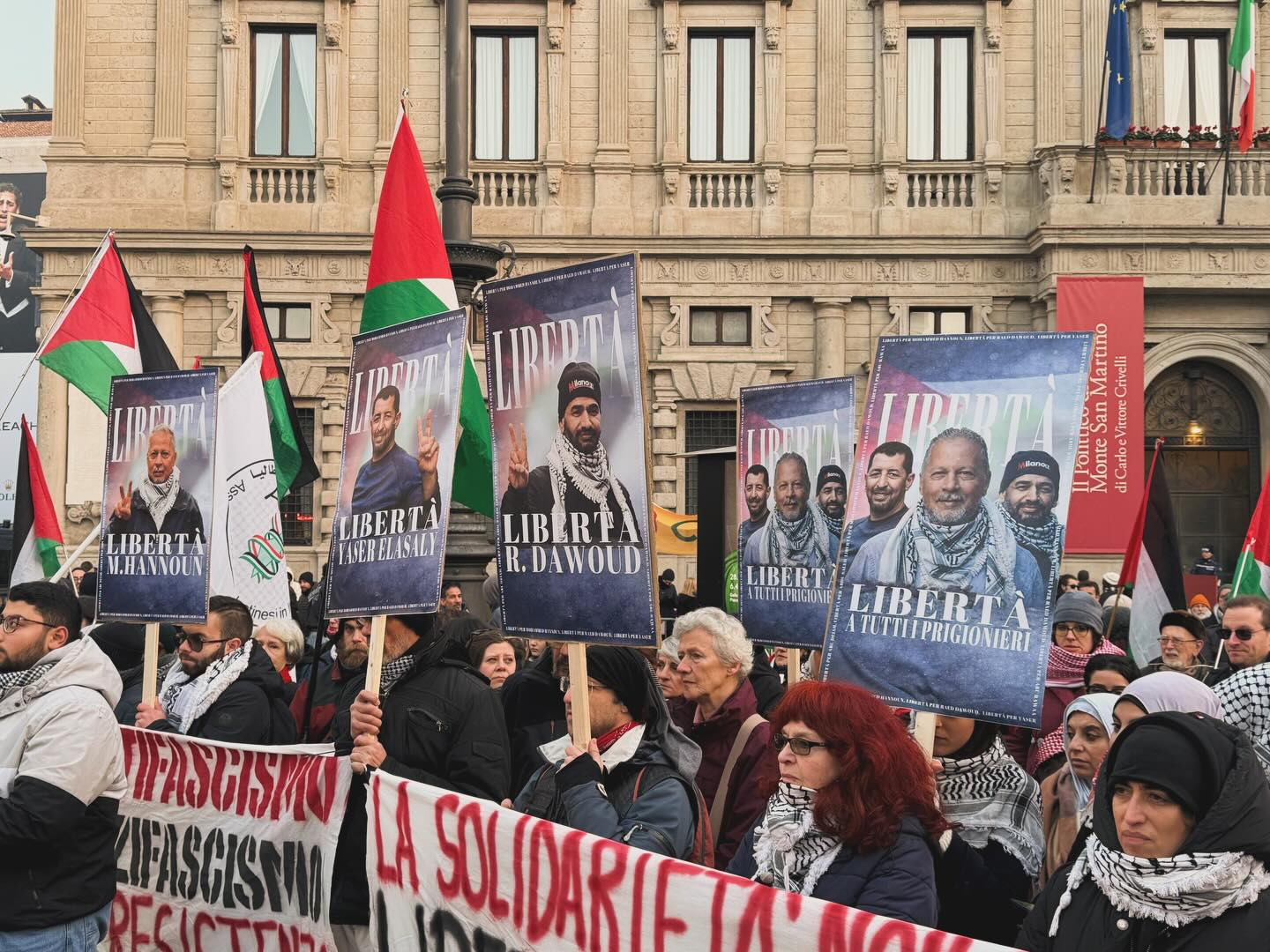
According to the documents and intensive media campaign unleashed against the Palestinian activists and organizers, the arrests and accusations rely solely on the statements and allegations by “Israel” itself, including repeated reliance on a dossier provided by pseudonymous “Israeli” intelligence agent, codenamed “Avi.”
This includes, more broadly, its organizational bans, allegations of political affiliation, and attempts to deny humanitarian aid and independent support to the Palestinian people under occupation. Further, the charges — which have been combined with a pretrial detention order — openly equate humanitarian aid for the Palestinian people with “support for terrorism” as well as utterly disregarding the fact that Palestinians, like all people facing colonialism and foreign occupation, have the absolute right to resist that occupation by all means, including armed struggle.
In fact, the Italian state’s charges against the imprisoned Palestinians are, quite clearly, an attempt to aid and abet “Israel’s” genocide of the Palestinian people, especially in Gaza, by denying them access to independent support and aid. Notably, these charges and arrests come precisely as the Zionist occupation banned 37 organizations, including prominent international organizations such as Medicins sans Frontieres, Oxfam Netherlands, and the American Friends Service Committee, from operating in occupied Palestine by denying them licenses.
The media campaign against the targeted Palestinians has relied increasingly on dubious allegations that reflect a colonialist and Zionist framework, including attempting to frame as “accusations” things such as having photographs of martyrs and prisoners on one’s phone, subscribing to Telegram or WhatsApp channels receiving news, updates and pictures from Palestine, or possessing flags and banners associated with Palestinian resistance groups. Of course, none of these things are illegal under Italian law; they are, however, the sort of allegations under which Palestinians under occupation are routinely jailed without charge or trial in Zionist prisons.
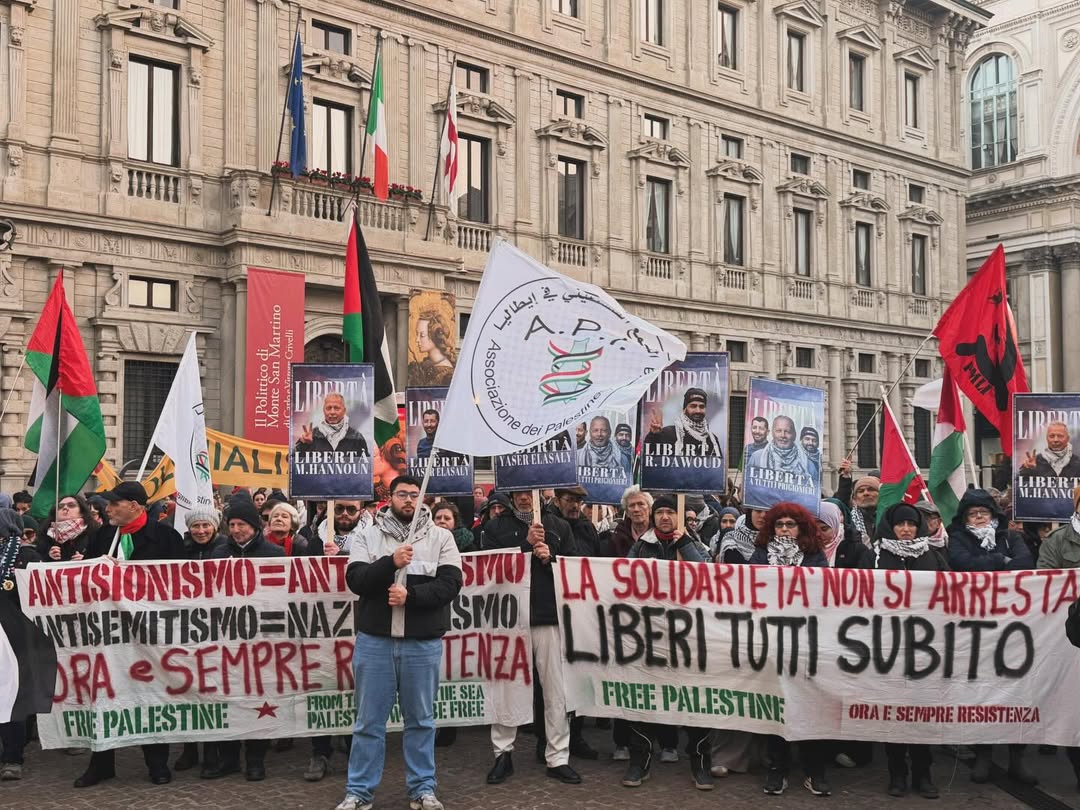 Further, it is clear that the Palestinian Authority has been instrumentalized to advance the persecution of Palestinians in the diaspora as well as those in occupied Palestine. Italian prime minister Giorgia Meloni practically presaged the campaign of arrests just a week before at the conference of her far-right Brothers of Italy party, where she attacked the API and the Palestinian Youth of Italy (Giovani Palestinesi Italia, GPI) for speaking out against her meeting with PA president Mahmoud Abbas, Abu Mazen. Right-wing media have repeatedly spread reports that Hannoun and the targeted associations were “investigated by the PA” in an attempt to legitimize the prosecution, and at the same time that the PA is cutting all funds to the families of martyrs and prisoners, the Italian prosecutors declared that funding the families of martyrs and prisoners amounts to “supporting terrorism” — when, in reality, it is supporting the victims of terror.
Further, it is clear that the Palestinian Authority has been instrumentalized to advance the persecution of Palestinians in the diaspora as well as those in occupied Palestine. Italian prime minister Giorgia Meloni practically presaged the campaign of arrests just a week before at the conference of her far-right Brothers of Italy party, where she attacked the API and the Palestinian Youth of Italy (Giovani Palestinesi Italia, GPI) for speaking out against her meeting with PA president Mahmoud Abbas, Abu Mazen. Right-wing media have repeatedly spread reports that Hannoun and the targeted associations were “investigated by the PA” in an attempt to legitimize the prosecution, and at the same time that the PA is cutting all funds to the families of martyrs and prisoners, the Italian prosecutors declared that funding the families of martyrs and prisoners amounts to “supporting terrorism” — when, in reality, it is supporting the victims of terror.
The GPI further noted that Meloni’s party and the far-right media have used the case not only in an attempt to terrorise the Palestinian, Arab and Muslim communities and the broader Palestine solidarity movement, but also to attack the parliamentary opposition and attempt to pressure them to rescind their support for Palestinian freedom and opposition to Italian complicity in Zionist genocide. GPI’s statement specifically criticized parliamentary “leftists,” who, rather than defending the targeted political prisoners and intensifying support for Palestine, are engaging in the politics of disassociation, denial and abandonment.
At the same time, the Italian state continues its persecution of Palestinians Anan Yaeesh, Ali Irar, Mansour Doghmosh and Ahmed Salem. On 16 January, Anan, Ali and Mansour are facing a final hearing in court on their case, which accuses them of supporting the Al-Aqsa Martyrs’ Brigades, the armed wing of the Fateh movement, in the occupied West Bank of Palestine. Yaeesh has been imprisoned continuously for the past two years. The Free Anan committee and other organizations are arranging group transportation to L’Aquila to stand with the three Palestinians in court, as well as support rallies on that date.
**
Samidoun Palestinian Prisoner Solidarity Network reiterates our solidarity with and call for the immediate release of all of the imprisoned and targeted Palestinians and fellow activists, an end to the persecution of Palestinians and Palestine solidarity organizers, and full recognition of the legitimacy of Palestinian resistance:
Samidoun Palestinian Prisoner Solidarity Network demands the immediate release of Mohammed Hannoun, Raed Dawoud, Yasser el-Assaly, and all the detained Palestinians in Italy — including Anan Yaeesh, Ali Irar, Mansour Doghmosh and Ahmed Salem — and the return of the funds of the targeted organizations, as well as a full end to Italian support, complicity, trade and military commerce with the Zionist regime. This is a moment when independent, community-based support for the Palestinian people, especially in Gaza, is more urgent than ever, as the Zionist regime, with full U.S. and European imperialist support, is aiming to accomplish what it could not through its genocidal bombs through siege, starvation, the continued closure of the Rafah crossing, and the denial of fundamental needs. The work of these organizations is most desperately needed now — and this is precisely why they have been targeted.
As we noted at the time of Samidoun’s designation:
“Like the Zionist entity fears the Palestinian resistance, so do the imperialist powers fear the Palestinian diaspora and their supporters that have been rising up again and again, especially since the start of operation Al-Aqsa Flood and the Zionist genocide. They fear a strong, popular movement that threatens their economic and political interests in Palestine and the region.”
Once again, the imperialist powers are making clear that they are more than willing to carry out intense repression, criminalization and imprisonment in order to aid and abet genocide. We urge the movement for Palestine — in Italy, throughout Europe, and internationally — to rally around all of the targeted individuals and organizations, and to not allow the tactics of state terror and fear to divide us.
Further, it is long past time for all Palestinian, Lebanese and regional resistance organizations — let alone charitable, community, activist and humanitarian initiatives — to be removed from so-called “terrorist lists” — in Italy, in Europe, in the U.S. and around the world. The Palestinian people, and all occupied peoples, have the right to resist their occupation, to defend themselves, to liberate their land, and to organize to achieve those goals.
For the solidarity movement’s work to be meaningful and effective, it must act to support the Palestinian Resistance organizations — and, indeed, to coordinate with them on the broadest possible level. We must redouble our efforts to escalate our resistance and globalize the intifada in the streets of the cities of the world, for the freedom of all of our prisoners in Zionist and imperialist jails, and for the freedom of Palestine, from the river to the sea.

